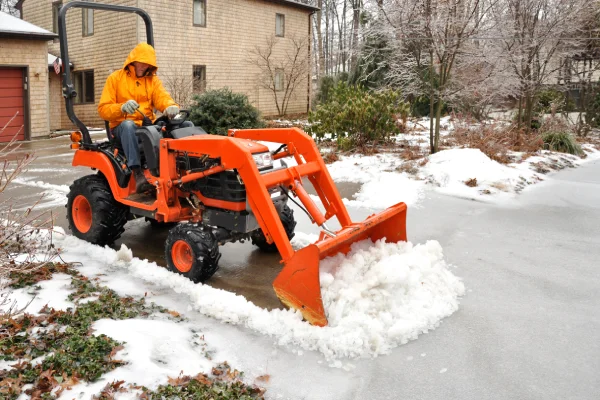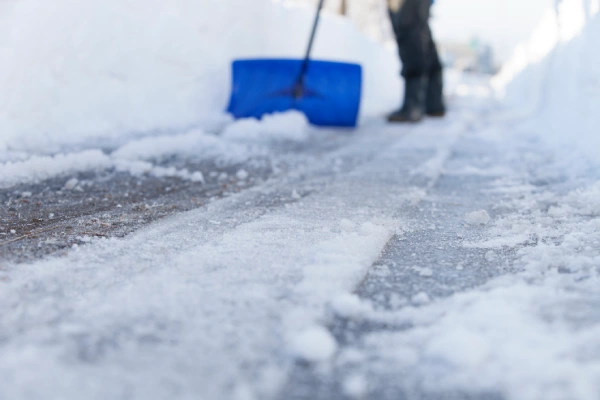Exploring Methods for Clearing Winter Pathways
Winter brings a magical landscape, but it also presents challenges in keeping roads and walkways clear. Various methods help manage this chore effectively. Each technique has its own advantages and best use cases. This guide will delve into the different strategies available to combat winter’s icy touch.
The Basics of Shoveling
Shoveling is one of the oldest techniques for clearing snow. It involves using a shovel to manually lift and move snow from one location to another. This method is cost-effective and requires no special equipment besides a sturdy shovel. However, it can be time-consuming and physically demanding, making it less ideal for large areas.
Plowing: Efficient for Large Areas
Plowing is a much quicker option than traditional shoveling when dealing with extensive spaces. This technique employs vehicles equipped with plow blades to push snow off roads and driveways. Using plows can significantly reduce labor time and effort, making them perfect for larger properties or commercial settings that require fast snow removal.
De-icing for Safety
De-icing involves spreading chemicals like salt or calcium chloride onto surfaces to melt existing ice and prevent new formations. This method is crucial for maintaining safety on roads and sidewalks where traction is essential. While effective, de-icing must be done judiciously to avoid environmental harm caused by chemical runoff.
Benefits of Combining Methods
A strategic blend of these techniques often yields the best results. For example, plowing removes most of the snow quickly, while de-icing ensures any remaining ice melts away. This combination can enhance efficiency and safety during harsh winter conditions.
- Combine plowing and de-icing for optimal speed and safety
- Use shoveling for small, hard-to-reach areas
- Consider local climate and property size for your plan
Challenges You May Face
Each method comes with specific challenges. Shoveling can lead to physical strain if not done properly. Plowing requires access to specialized equipment, which can be costly or unavailable for some residents. De-icing agents may damage nearby vegetation or infrastructure over time if used excessively.
Best Practices for Effective Implementation
To maximize efficiency in snow management, follow these guidelines:
- Regularly maintain equipment to ensure readiness
- Invest in high-quality tools suited for your region’s typical snowfall
- Adopt environmentally friendly practices wherever possible
Understanding Cost Factors
The cost involved in managing winter conditions varies based on the method chosen. Shoveling primarily costs time unless you hire someone, while plowing might involve vehicle maintenance or rental fees. De-icing incurs costs in purchasing chemical products but adds value by improving safety and reducing accident risks.
Your Guide to Smart Management Choices
The right approach to handling winter weather depends on several factors including area size, budget, and personal capability. By understanding each technique’s strengths and weaknesses, you’re better prepared to select the most suitable strategy. Contact me today at (647) 268-7583 for expert advice tailored to your needs. Based in Brampton, ON, I offer dedicated service through God's Love For All Lawn. Together, we can ensure your property remains safe all season long.

